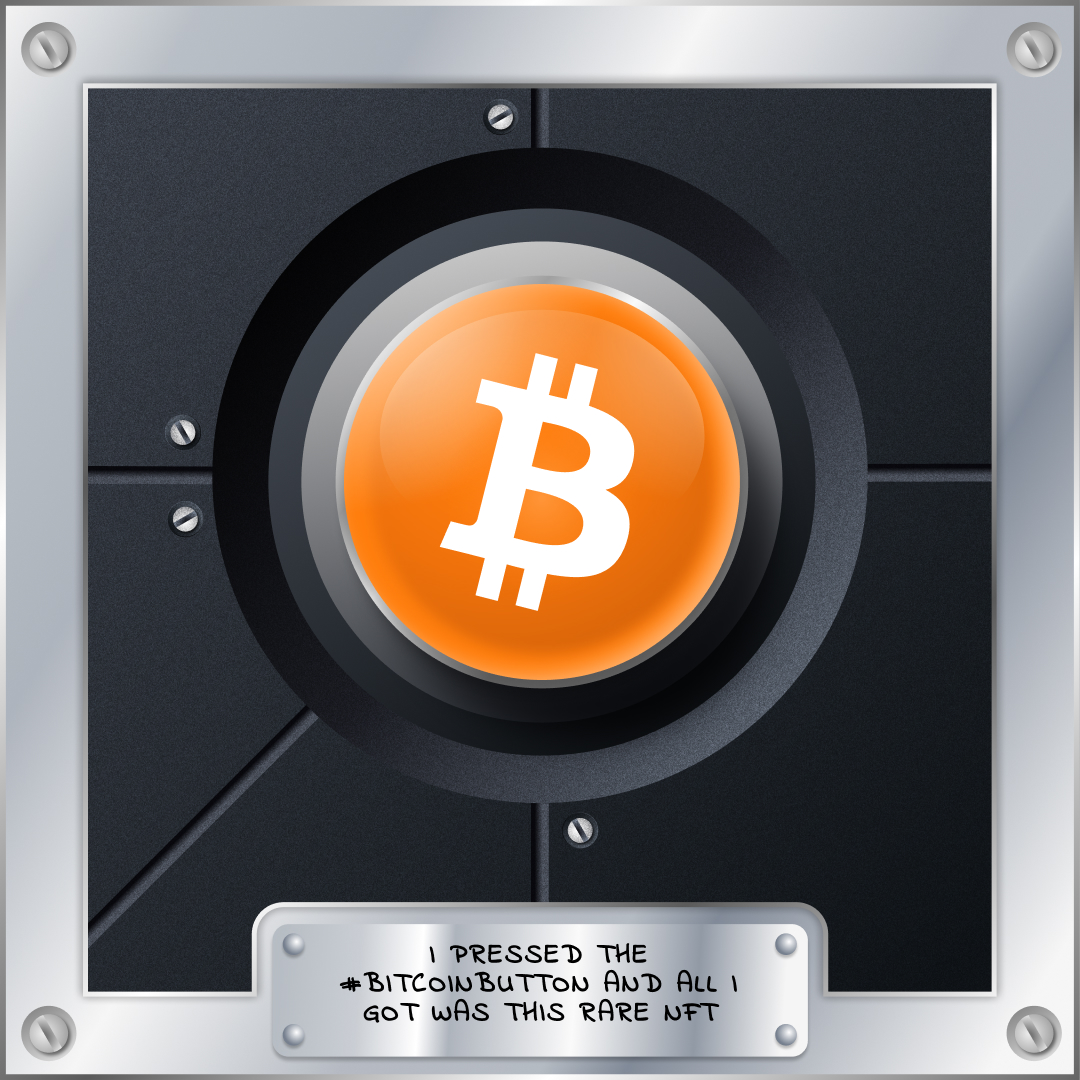
In 2008, the global financial crisis broke out. On November 1 of the same year, a person who called himself Satoshi Nakamoto published the Bitcoin white paper "Bitcoin: A Peer-to-Peer Electronic Cash System" on the P2P foundation website, stating his new vision for electronic currency - Bitcoin was born. On January 3, 2009, the Bitcoin Genesis Block was born.
Compared with legal tender, Bitcoin does not have a centralized issuer. Instead, it is generated by the calculation of network nodes. Anyone can participate in the creation of Bitcoin, and it can be circulated around the world and can be bought and sold on any computer connected to the Internet. No matter where you are, anyone can mine, buy, sell or receive Bitcoin, and outsiders cannot identify the user's identity information during the transaction. On January 5, 2009, Bitcoin, which is not controlled by the central bank or any financial institution, was born. Bitcoin is a digital currency composed of a series of complex codes generated by computers. New Bitcoins are created through preset programs.
The easiest way to get Bitcoin is to buy it directly from exchanges like Binance. You can also use computers to perform a large number of calculations according to algorithms to "mine" Bitcoin. When users "mine" Bitcoin, they just need to use computers to search for 64-bit numbers, and then compete with other gold diggers by repeatedly solving puzzles to provide the required numbers for the Bitcoin network. If the user's computer successfully creates a set of numbers, then they will get a number of Bitcoins.
On January 3, 2009, the Bitcoin Genesis Block was born. Bitcoin uses a distributed ledger to get rid of the constraints of third-party institutions, which Satoshi Nakamoto calls "blockchain". Users are willing to contribute the computing power of the CPU and run a special software to be a "miner", which will form a network to jointly maintain the "regional chain". In this process, they will also generate new currency. Transactions are also extended on this network, and computers running this software compete to crack irreversible cryptographic puzzles, which contain multiple transaction data. The first "miner" who solves the problem will receive a 50 bitcoin reward, and the relevant transaction area will be added to the chain. As the number of "miners" increases, the difficulty of each puzzle also increases, which keeps the Bitcoin production rate of each transaction area at about one per 10 minutes.
The Bitcoin network generates new Bitcoins through "mining". The so-called "mining" is essentially using computers to solve a complex mathematical problem to ensure the consistency of the Bitcoin network's distributed accounting system. The Bitcoin network automatically adjusts the difficulty of the mathematical problem so that the entire network can get a qualified answer every 10 minutes. The Bitcoin network will then generate a certain amount of new Bitcoins as a block reward to reward those who get the answer.
In 2009, when Bitcoin was born, the block reward was 50 bitcoins. Ten minutes after its birth, the first batch of 50 bitcoins were generated, and the total amount of currency at that time was 50. Then Bitcoin increased at a rate of 50 every 10 minutes. When the total amount reached 10.5 million (50% of 21 million), the block reward was halved to 25. When the total amount reached 15.75 million (5.25 million new output, or 50% of 10.5 million), the block reward was halved again to 12.5. This currency system had no more than 10.5 million in 4 years, and the total number will be permanently limited to about 21 million thereafter.
Bitcoin is issued by the system automatically generating a certain number of bitcoins as a reward for miners. Miners act as the currency issuers here, and the process of obtaining bitcoins is also called "mining". All bitcoin transactions need to be mined by miners and recorded in this ledger. Mining by miners actually uses a series of algorithms to calculate the hash value that meets the requirements, so as to win the right to record. This process is actually a trial and error process. The more random hash collisions a computer generates per second, the greater the probability of calculating the correct hash value first. The miner who first calculates the correct value can package the bitcoin transaction into a block and then record it on the entire blockchain, thereby obtaining the corresponding bitcoin reward. This is the bitcoin issuance process, and it also encourages miners to maintain the security and immutability of the blockchain.
When the designers first designed Bitcoin, the total amount was set at 21 million. At first, each miner who won the right to record the account could receive 50 Bitcoins as a reward, and then the number would be halved every four years. It is expected that by 2140, Bitcoin will no longer be able to be subdivided, thus completing the issuance of all currencies, and no more will be issued.







